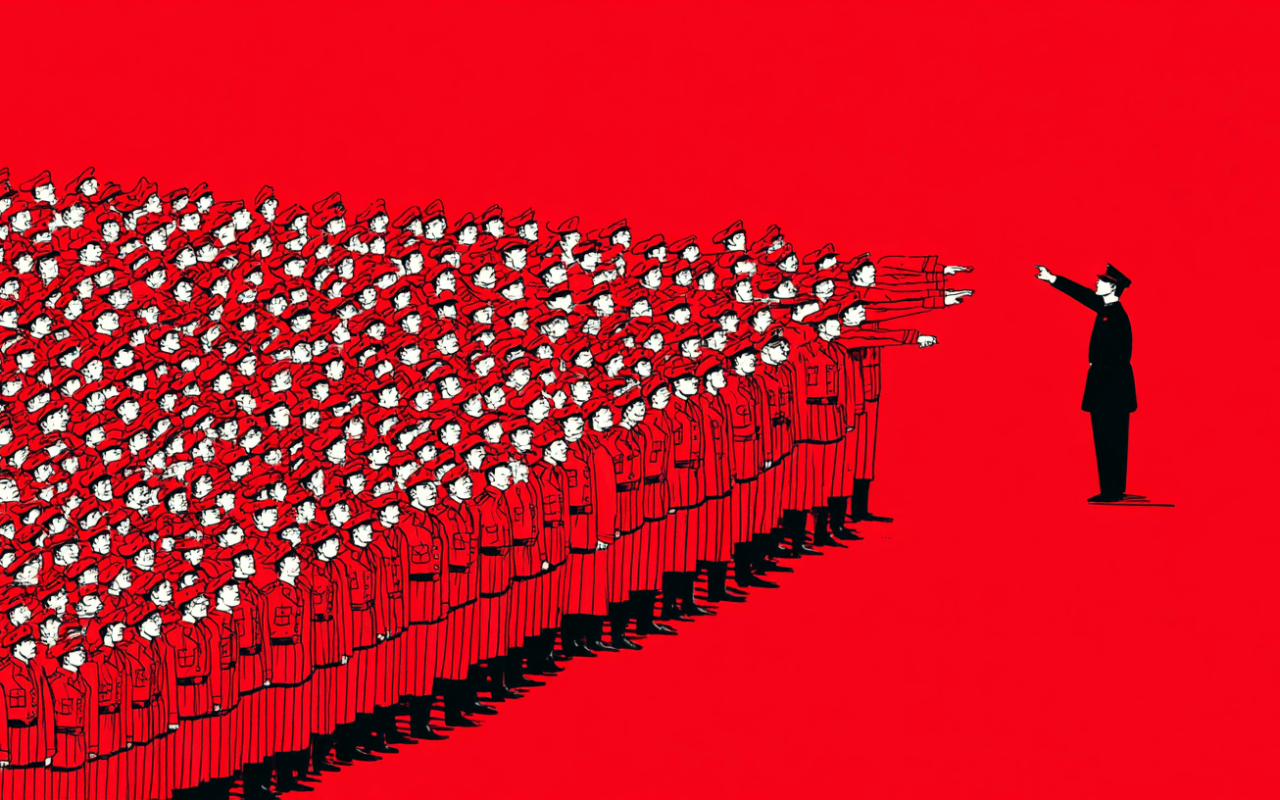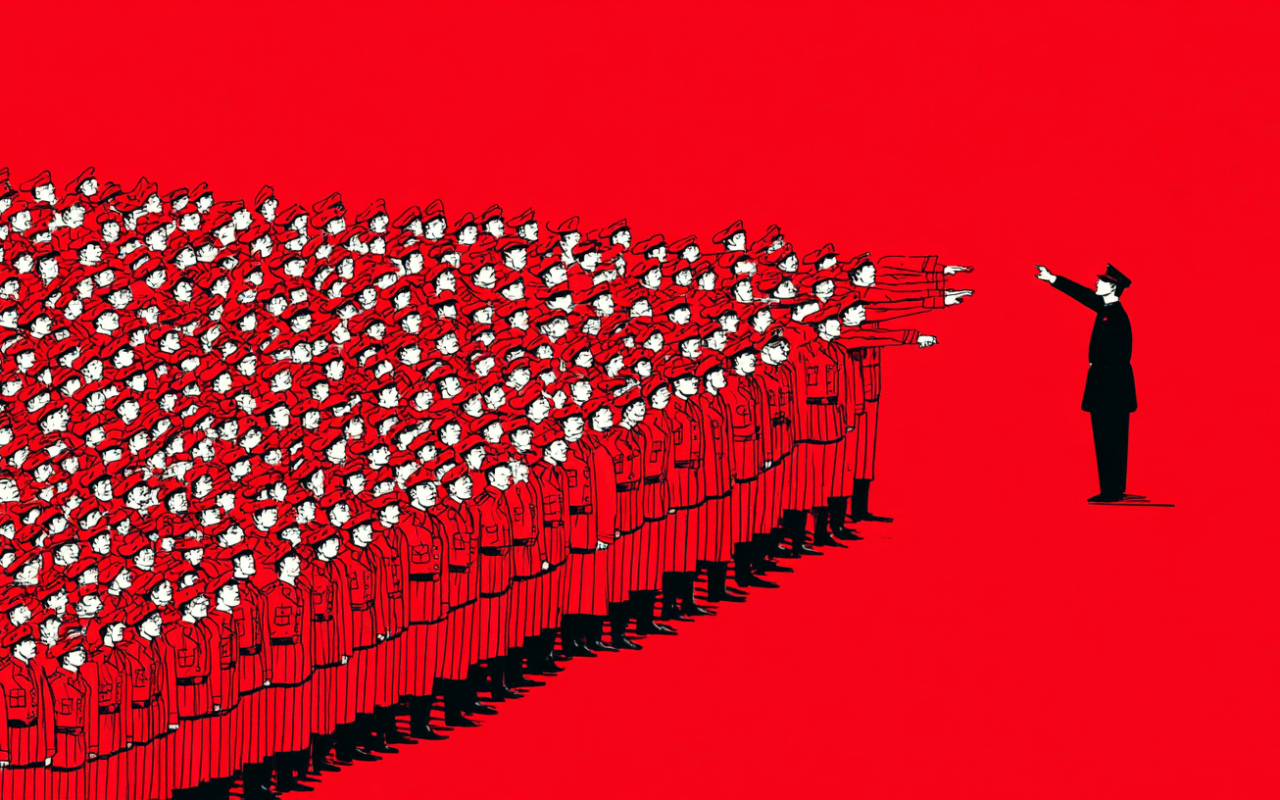Cults, in general, refer to organizations or groups that often manipulate and exploit members, typically by using unorthodox beliefs and practices. Recognizing cult warning signs can be vital in identifying and understanding the risk before getting involved with a high demand group that may not have your best interests in mind.
- Excessive Devotion to a Leader: Cults usually revolve around charismatic leaders who demand absolute loyalty and obedience. A disproportionate reverence for these figures may serve as a red flag.
- Us vs. Them Mentality: Cults often draw clear lines between insiders and outsiders, emphasizing that only they possess the truth. This divisive mindset encourages isolation from family, friends, and society, leading to further control over the members.
- Coercive Persuasion and Manipulation: High-pressure tactics are common in recruiting and retaining members. This may include controlling information, employing guilt or fear, manipulating emotions to maintain allegiance, and other tactics of emotional predators.
- Excessive Financial Demands: Many cults require significant financial contributions, sometimes even requiring members to relinquish personal assets. This financial control reinforces dependence on the group.
- Rigidity of Beliefs and Practices: A cult’s ideology is often absolute, with no room for questioning or dissent. Those who challenge the beliefs are typically met with hostility, punishment, or expulsion. This fundamentalist mentality permeates the entire group’s thinking and behavior.
- Unrealistic Promises: Cults may lure individuals with promises of spiritual enlightenment, exclusive knowledge, or personal success, often unrealistic or unattainable. These promises can entice individuals seeking meaning or connection in their lives.
- Control Over Personal Lives: Intense control over members’ personal lives, including relationships, employment, and living arrangements, can be a clear warning sign. Such control can erode personal autonomy and self-identity.
- Emotional Abuse and Fear Tactics: Cults frequently use fear, shame, and guilt to control members, creating an environment where members feel constant anxiety about meeting the group’s standards or displeasing the leader.
- A Focus on Recruitment: Many cults prioritize recruitment above all else, viewing every interaction as an opportunity to bring others into the fold. The pressure to recruit can be relentless and is often a central component of the group’s activities.
- Impacts on Health and Wellbeing: The demanding nature of cult involvement can lead to negative effects on mental, emotional, and physical health. This can manifest as anxiety, depression, exhaustion, or other health issues, often ignored or downplayed by the group.
- Use of hypnosis and neurolinguistic programming (NLP) techniques
Recognizing these warning signs is crucial for individuals, families, and communities to understand the potential dangers and take appropriate steps to protect themselves. The subject of cults is sensitive, often tied to deeply personal and societal fears, and it requires careful consideration and empathy.
Resources on cults
- Cult Education Institute (CEI) – Website
- Overview: Operated by Rick Alan Ross, an internationally known expert on cults, CEI offers extensive resources, including a database of information on specific groups, techniques for intervention, and guidelines to recognize coercive persuasion.
- Target Audience: Anyone looking to educate themselves about cults, from concerned family members to academic researchers.
- International Cultic Studies Association (ICSA) – Website
- Overview: ICSA is a global network of people concerned about psychological manipulation and abuse in cultic or high-demand groups. They offer conferences, publications, and support networks.
- Target Audience: Researchers, professionals, former cult members, and concerned family and friends.
- Freedom of Mind Resource Center – Website
- Overview: Created by Steven Hassan, a mental health counselor and former cult member, this site offers resources on combating mind control in various settings, including cults, terrorism, and human trafficking.
- Target Audience: General public, mental health professionals, and individuals directly affected by cults.
- Cult Information Centre (CIC) – Website
- Overview: Based in the UK, the CIC provides information, advice, and support to those concerned about cults. They offer educational programs and direct help to those affected.
- Target Audience: UK residents, though the information is applicable globally.
- Reddit’s Cults Community – Subreddit
- Overview: This online community allows individuals to discuss personal experiences, share research, and ask questions related to cults. Moderated for respectful dialogue, it offers a more informal but still informative perspective.
- Target Audience: Those looking for community interaction, shared experiences, and casual information on the subject.












